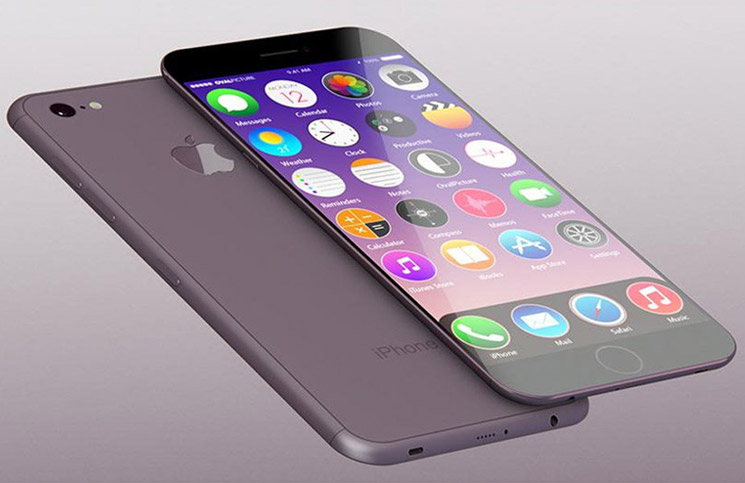There have been rumors that the iPhone 8 due to be launched next year on Apple iPhone’s 10th anniversary. The rumors started after people saw the ceramic variant of the Apple Watch series 2, but product designer Greg Koenig patiently explains why this would be highly impractical and not likely to happen.
The manufacturing process for ceramic parts are far more laborious and complicated than metal machining. iPhones typically have an aluminium frame with a plastic case that is injection-molded on the frame. But in practice it’s far more complex than that. In fact, the aluminium frame forms the “chassis” of the phone, holding external as well as internal parts together.
To do that in ceramic, considering that about 1 million iPhones are made per day, would be logistically impossible with the resources that Apple and its partners currently have. It would also require a complete replacement of the machining tools, something that requires at least 3-4 years of lead time.
If Not Ceramic or Aluminium, What Else?
So what it boils down to are the practical options that Apple has if it wants to create a truly stunning iPhone 8 that will be as innovative as the original iPhone was in 2007. What are these options. Koenig outlines three possibilities:
Using Carbon Fiber or a similar material that can be machined
Aside from carbon fiber, a titanium or magnesium alloy have been identified as viable materials. This may increase cycle times for production, but it will essentially use the same technology and equipment that aluminium does.
Using a Liquid Metal
What if a liquid metal could be injection-molded to create the frame for the iPhone 8? That’s certainly a possibility, and it’s already known that Apple has an exclusive agreement with the patent holders of such a liquid metal. It would require a considerable investment and time, but Koenig says this is “entirely within the capabilities and resources of Apple.”
Using a New Material with higher cycle times and a different process
This option is where the ceramic idea would fit. But the scale of such a tectonic shift in material design by the world’s highest valued company would have brought it under the spotlight months ago, argues Koenig.
So, while that does leave us with three possibilities, the first and second seem to be the most viable considering that we haven’t heard any major moves by Apple on altering its manufacturing process, switching partners or procuring such high volumes of new equipment.
And that’s just for the sides and back of the iPhone 8. The speculated one-glass screen that will have a lot of the current iPhone technology going “under the glass” is a massive engineering challenge in itself.
The real question is: what are Apple’s objectives for the new iPhone to be released in 2017? The company will obviously be looking to unveil something that has never been seen before, but to what extent would they be willing to go in order to make that happen?
Thanks for reading our work! Please bookmark 1redDrop.com to keep tabs on the hottest, most happening tech and business news from around the world.



